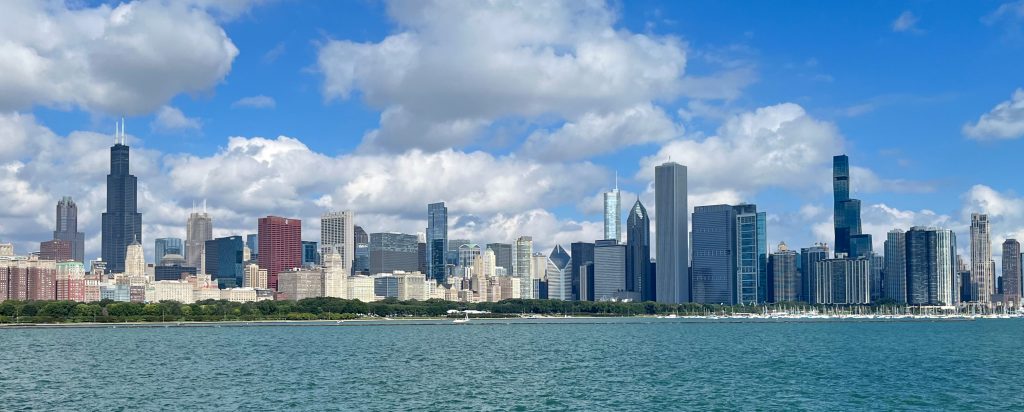
“The illusion that tens of thousands of nuclear weapons are a guarantor of national security has been stripped away.” That stark line from the Bulletin of the Atomic Scientists could serve as the epigraph to Kathryn Bigelow’s new Netflix film, A House of Dynamite. In it, Chicago faces annihilation from a single, mysterious missile, and the nation’s leaders have just minutes to decide whether to retaliate.
There’s little doubt about the tension in the movie, but on a deeper level, it raises questions about how precisely the movie captures the actual mechanics, risks, and limitations of nuclear defense. The Doomsday Clock stands at 89 seconds to midnight, which suggests that nuclear danger is at its highest recorded level, yet public awareness of such scenarios’ intricacies remains thin.
Using expert analysis, historical precedent, and today’s defense realities, here are nine critical truths that reveal what is accurate, what is misleading, and what is missing when Hollywood tackles nuclear attack narratives.
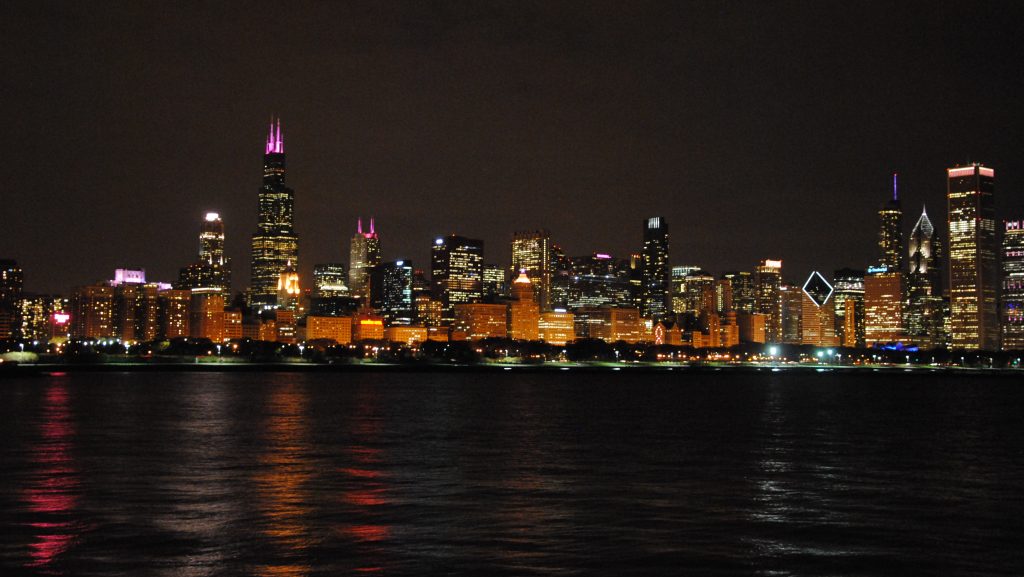
1. Chicago’s Nuclear Legacy
Chicago isn’t only a dramatic backdrop. Chicago is the birthplace of nuclear weapons. In 1942, the first sustained nuclear chain reaction under the Manhattan Project took place there. For Alexandra Bell, the CEO of the Bulletin of the Atomic Scientists, most residents of the city “don’t think about the fact that their city played a key role in the unleashing of nuclear dangers.” The Doomsday Clock, a symbol now set at its closest point to catastrophe, resides in the same city. Using Chicago as a fictional target creates a grim historical symmetry.
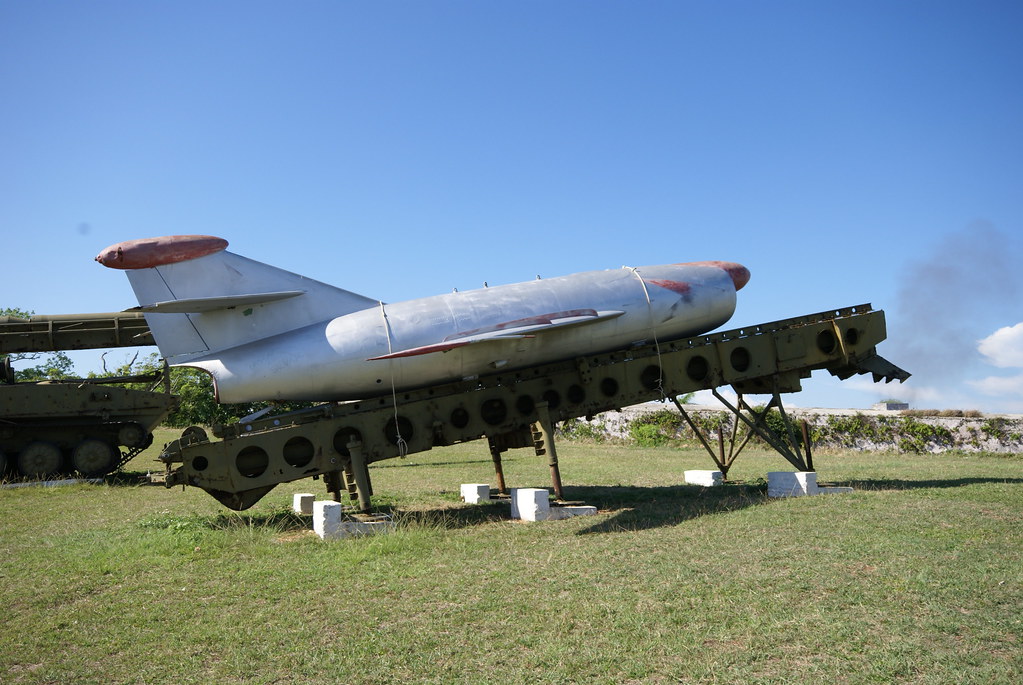
2. The ‘Bolt Out of the Blue’ Scenario
In the movie, one missile is fired at Chicago without any warning that most cited “bolt out of the blue.” Daniel Holz, who chairs the Bulletin’s science and security board, says it’s unlikely but possible. In the event of an attack, leaders would have only minutes to decide what to do – often under great uncertainty. History has shown from the Cuban Missile Crisis to false alarms, misinterpretation during such compressed timelines is as fraught with peril as the attack itself.

3. The Physics of Urban Annihilation
In addition, a surface detonation of a 150-kiloton warhead in downtown Chicago would produce a fireball over half a mile in diameter, vaporizing everything in its footprint 20 psi blast damage would flatten concrete structures lethal doses of radiation would reach several miles. According to the estimate by Alex Wellerstein’s NUKEMAP, over 355,000 fatalities could occur, not including fallout. Many more would likely die from secondary firestorms and radiation sickness in the weeks that followed.

4. Missile Defense: The ‘Bullet vs. Bullet’ Problem
Successes of missile interceptions are greatly exaggerated in Hollywood, and in real life, the U.S. GMD system has destroyed its targets in just more than half of its 19 tests under very scripted conditions. Shooting down an ICBM at 25,000 km/h from space is way harder compared to short-range rockets. Bell likens it to “trying to hit a bullet with a bullet,” and even optimistic Pentagon figures mask the absence of real-world operational proof.

5. The Collapse of Arms Control
The fact that the New START treaty expires in 2026 brings with it the specter of the U.S. and Russia, for the first time in half a century, operationally deploying nuclear warheads without legally binding limits. The absence of verification will spur mistrust and worst-case assumptions. This vacuum in arms control-with additional development of China’s military arsenal-threatens to trigger a three-way nuclear arms race.

6. AI’s Double-Edged Role in Nuclear Command
Artificial intelligence is currently being embedded in early warning and decision support systems, promising faster detection of threats but also creating new hazards, including automation bias, model hallucinations, and cyber vulnerabilities. As General Anthony J. Cotton warns, research needs to address “cascading effects” and emergent behaviors before AI becomes embedded in nuclear decision-making a single AI misjudgment might precipitate catastrophic escalation.

7. The Problem of Complacent Training
Most actual nuclear command exercises today are scripted or anticipated; these conditions cultivate a culture of discounting surprise. Analysts recommend unscripted, no-notice drills mimicking the confusion of an actual bolt-out-of-the-blue attack, including disruptions of cyber and information warfare. Without such realism, operators might hesitate or fail to read the signals in a crisis, as with the misjudgment of radar before Pearl Harbor.
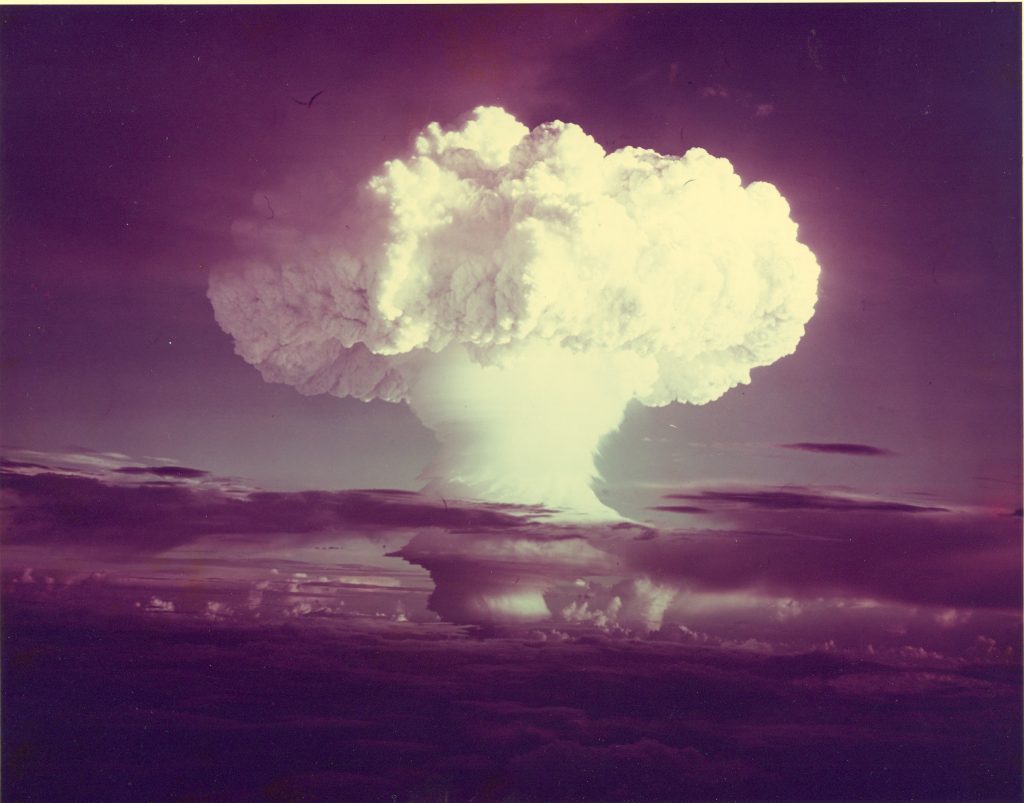
8. Public Access to Nuclear Detonation Data
Space-based sensors can detect nuclear detonations anywhere on the globe, but their telemetry was classified. Proponents argue it should be declassified, just like GPS signals, and made available for public and international monitoring-to help prevent natural phenomena from being mistaken as attacks and also to assist civil responses in the event of an actual attack.
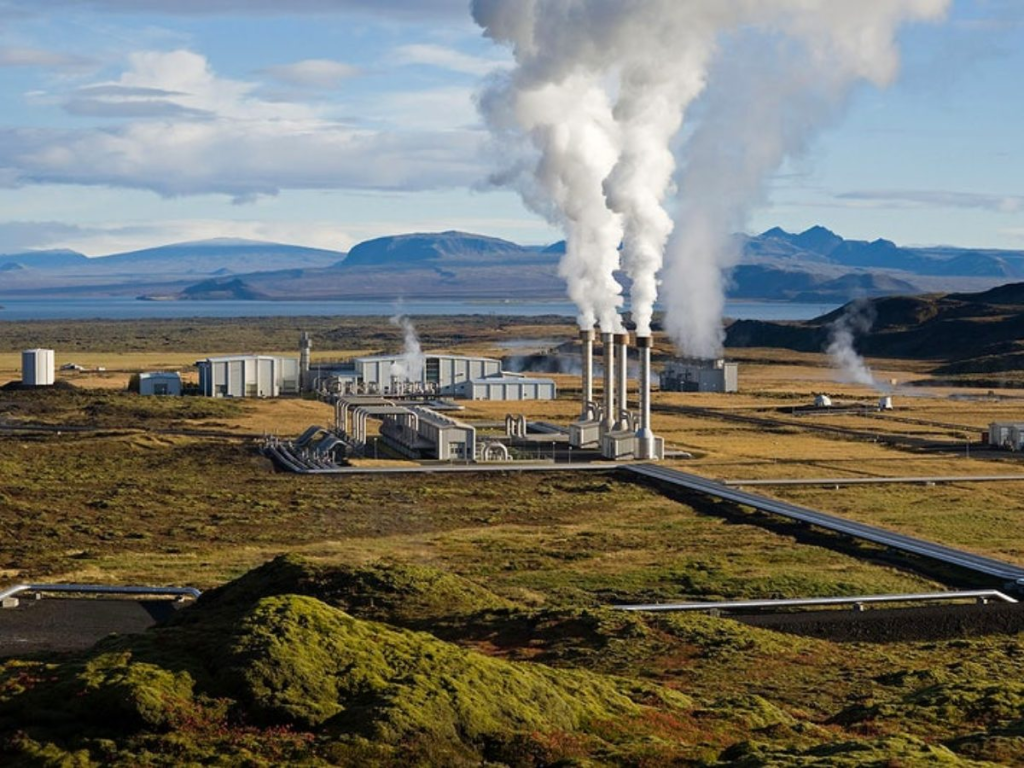
9. The Illusion of Post-Cold War Safety
The general assumption in the post-Cold War period has been that the nuclear threat was “managed” and simply passed into history. But arsenals remain at 13,000 warheads globally, amid a continuing modernization program in several countries. The Doomsday Clock today reflects not just nuclear but also climate, pandemic, and disruptive technology threats-much graver than at any instant in history. Bigelow’s film captures the urgency of a nuclear crisis, but reality is more complex, much more dangerous, and far less forgiving than cinematic tension can allow.
From faltering missile defenses to vanishing arms control, from AI’s ambiguous role to the seemingly perpetual risk of miscalculation, the nuclear menace is not something history has passed through, but a threat with which we continue to live today. The hard truths must be finally understood now because, in real life, there are no second takes when the clock runs out.


